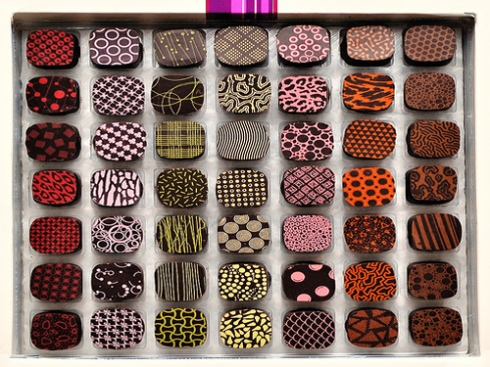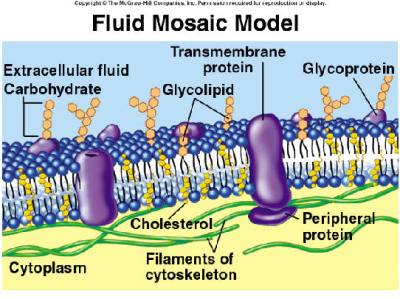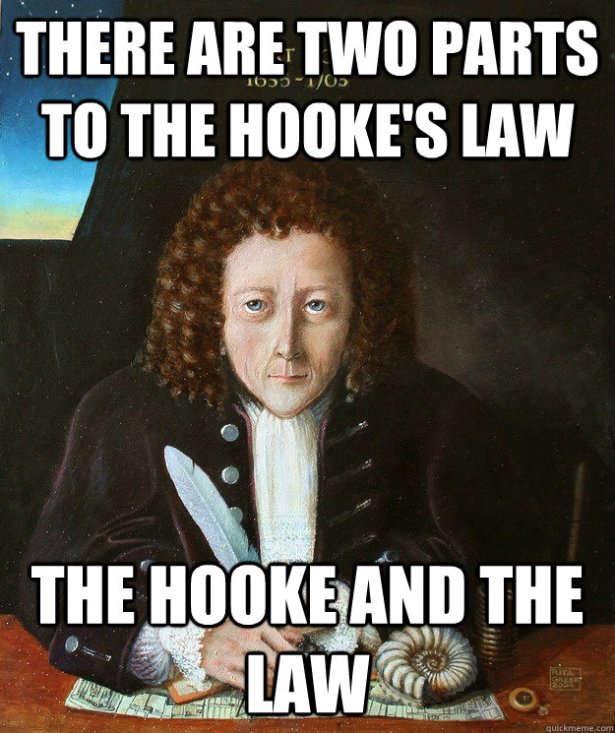Think that all sugars are the same? They may all taste sweet to the tongue, but it turns out your body can tell the difference between glucose, fructose and sucrose, and that one of these sugars is worse for your health than the others.
In the first detailed analysis comparing how our systems respond to glucose (which is made when the body breaks down starches such as carbohydrates) and fructose, (the type of sugar found naturally in fruits), researchers at the University of California Davis report in the Journal of Clinical Investigation that consuming too much fructose can actually put you at greater risk of developing heart disease and diabetes than ingesting similar amounts of glucose. In the study, 32 overweight or obese men and women were randomly assigned to drink 25% of their daily energy requirements in either fructose- or glucose-sweetened drinks. The researchers took pains to eliminate as many intruding factors as possible by asking the volunteers to commit to a 12-week program; for the first and last two weeks of the study, each subject lived at UCD’s Clinical and Translational Science Center, where they underwent rigorous blood tests to determine their insulin and lipid levels, among other metabolic measures.
Both groups gained similar amounts of weight by the end of the 12 weeks, but only the people drinking fructose-sweetened beverages with each meal showed signs of unhealthy changes in their liver function and fat deposits. In this group, the liver churned out more fat, while the subjects consuming similar amounts of glucose-sweetened drinks showed no such change. The fructose-drinking volunteers also were not as sensitive to insulin, the hormone released by the pancreas to capture and break down glucose in the blood and store it as fat. Insulin insensitivity is one of the first signs of diabetes. These subjects also gained more visceral fat, the dangerous kind that embeds itself between tissues in organs such as the heart and liver and secretes hormones and other chemicals that throw off the body’s normal metabolism, setting the stage for atherosclerosis and heart attack. “This suggests that in the same way that not all fats are the same, not all dietary carbohydrates are the same either,” says Peter Havel, professor of nutrition at the University of California Davis and lead author of the study.
But don’t expect to be able to exercise your new sugar-smarts at the grocery store quite yet. Most of the sugar we encounter in products and in restaurants isn’t glucose, but rather high fructose corn syrup or sucrose, each a combination of glucose and fructose (sucrose is an even 50-50 split between the two, while high fructose corn syrup comes in either 55%-45% fructose-glucose or 42%-58% pairings). It’s difficult to find anything that’s mostly glucose, which means our sweeteners are setting us up for weight gain, and more insidiously, metabolic changes that can make us more prone to heart disease and diabetes.
Dr. Walter Willett, chair of the department of nutrition at the Harvard School of Public Health, notes that studies have shown that long-term consumption of sugared drinks can double the risk of diabetes, with half of that risk due to the excess weight brought on by the calories, and the other half due to the beverages’ high sugar content — mostly fructose. “This study provides the best argument yet that we should either decide to consume less sugar-sweetened beverages in general, or that we should conduct more research into the possibility of using other sweeteners that may be more glucose-based,” says Matthias Tschoep, an obesity researcher at the Obesity Research Center in the University of Cincinnati, and author of a commentary accompanying the study. “It’s an unbelievable piece of work.”
If that’s the case, then why the glut of blended sugars rather than pure glucose in our foods today? Glucose isn’t as sweet as fructose, and because our collective sweet teeth have become accustomed to a certain level of sweetness, anything less might be unsatisfying. “The proportion of fructose in food probably hasn’t increased that much, since high fructose corn syrup simply replaced sucrose in many cases,” says Havel. “But people are also simply consuming more sugar in their diet.” In fact, if you think that the study subjects drank way more sweetened beverages (25% of their daily energy requirements came from the sugar in their drinks) in this study than the average American, you might want to consider this: according to recent data from an annual government survey, Americans on average wash down 16% of their daily energy needs with sugared drinks — not that far off the 25% threshold set by Havel in the study.
Willett, for one, isn’t convinced that glucose-based sweeteners are an attractive option for soda makers. “I don’t think any beverage company out there is considering putting pure glucose into their product,” he says. “It doesn’t have the same level of sweetness.”
Instead, he is advocating a drastic change in the sugar content of sodas. His Department of Nutrition is urging manufacturers to produce a line of beverages containing only 1 gm of sugar per ounce, a 70% reduction in sugar content. It’s all part of a campaign to re-train the American sweet tooth. “If children grow up with everything tasting super sweet, then it’s hard for them to appreciate he gentle sweetness of a fresh carrot or an apple,” he says. “Part of this is deconditioning palates to a much more natural level of sweetness.” That certainly won’t be easy, but it will surely be worth it. We could have our sugar and stay healthy too.

Read more: http://www.time.com/time/health/article/0,8599,1892841,00.html#ixzz2L7NXaEKP










